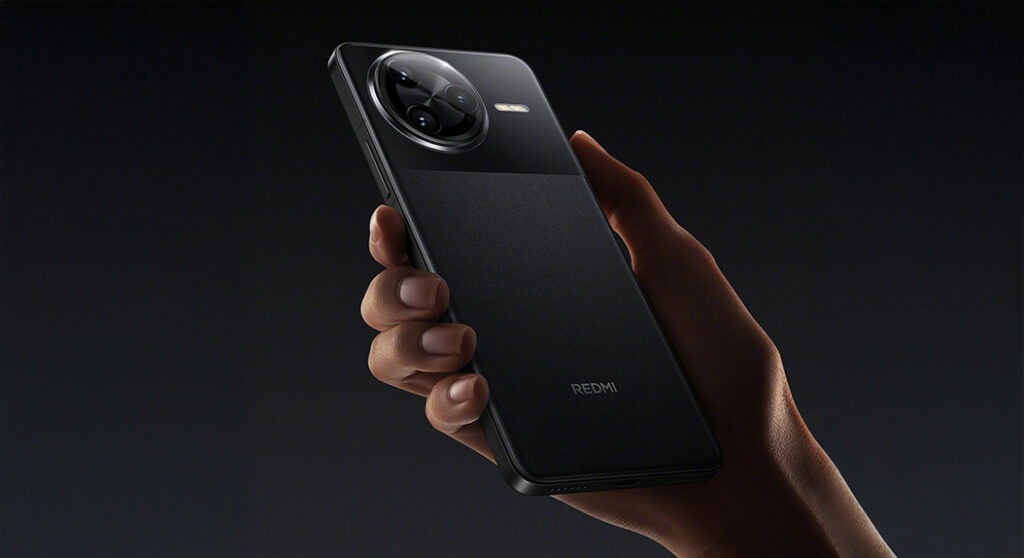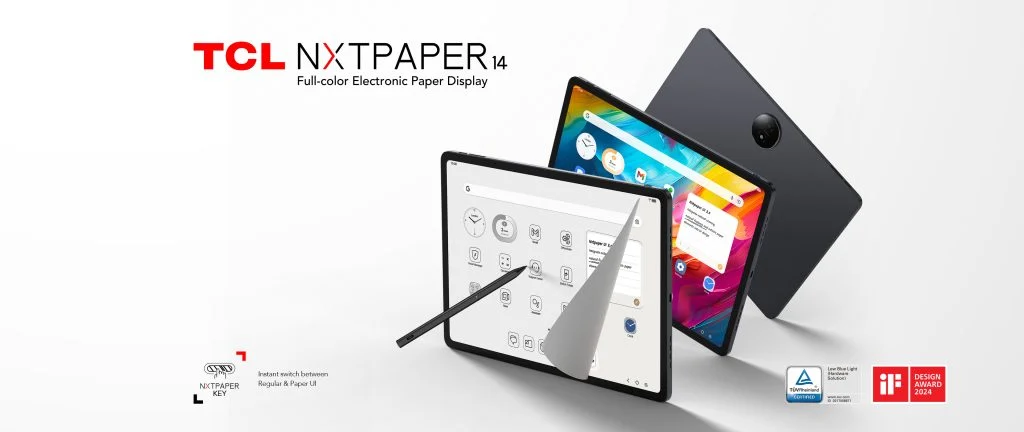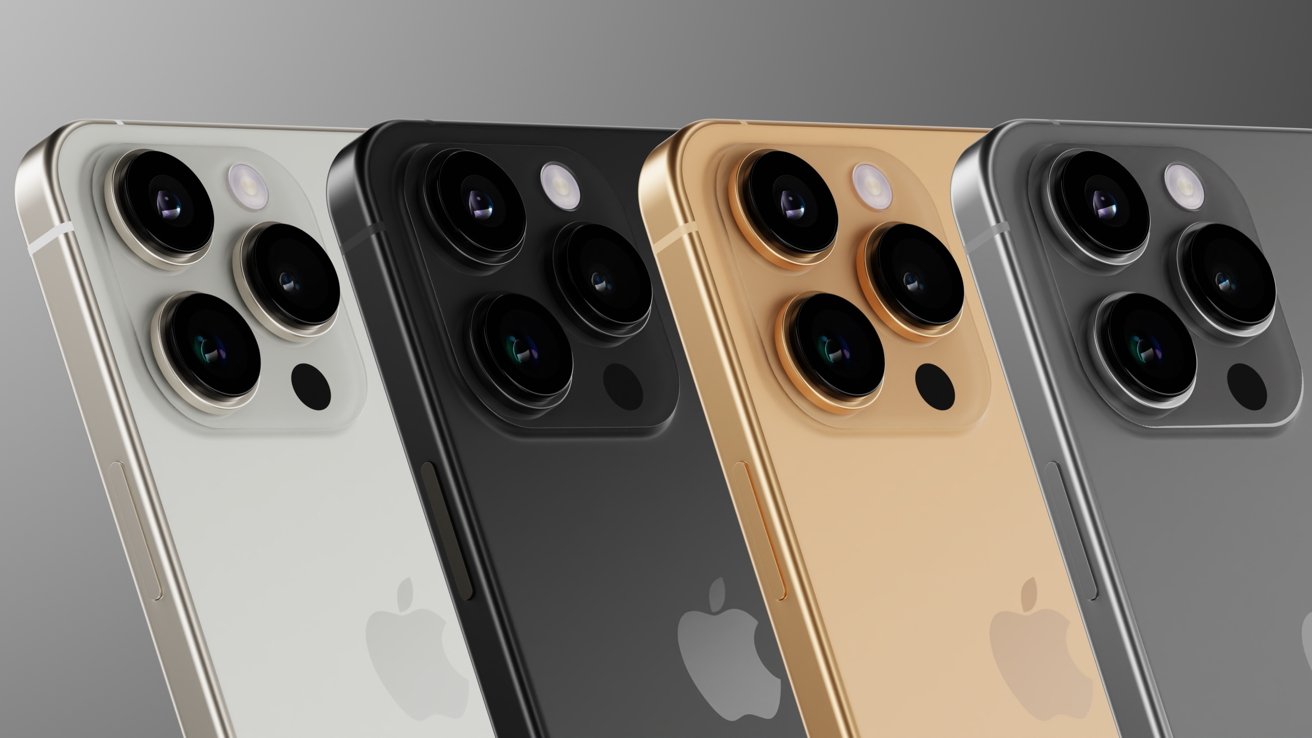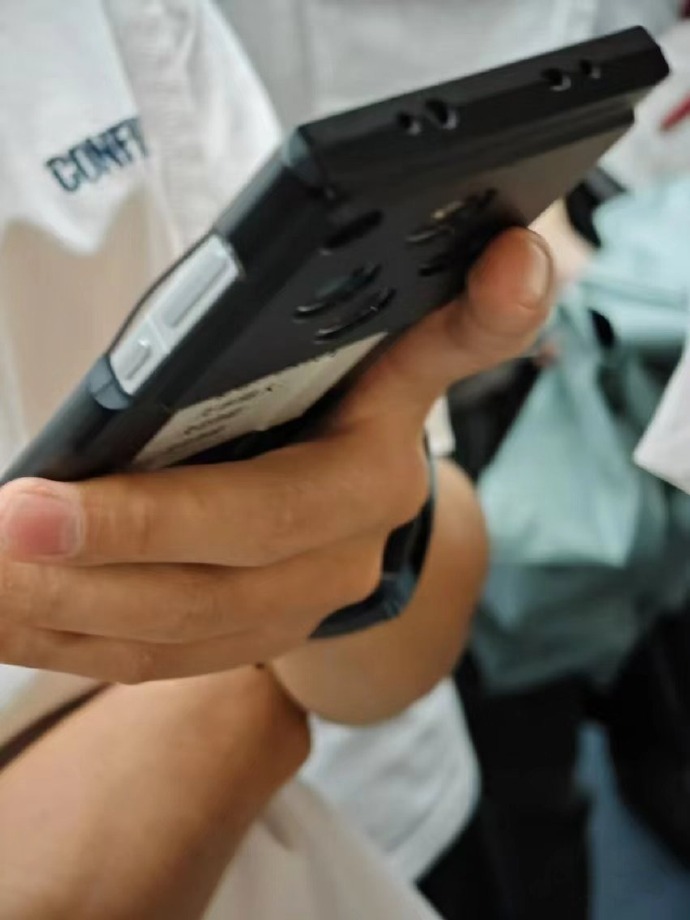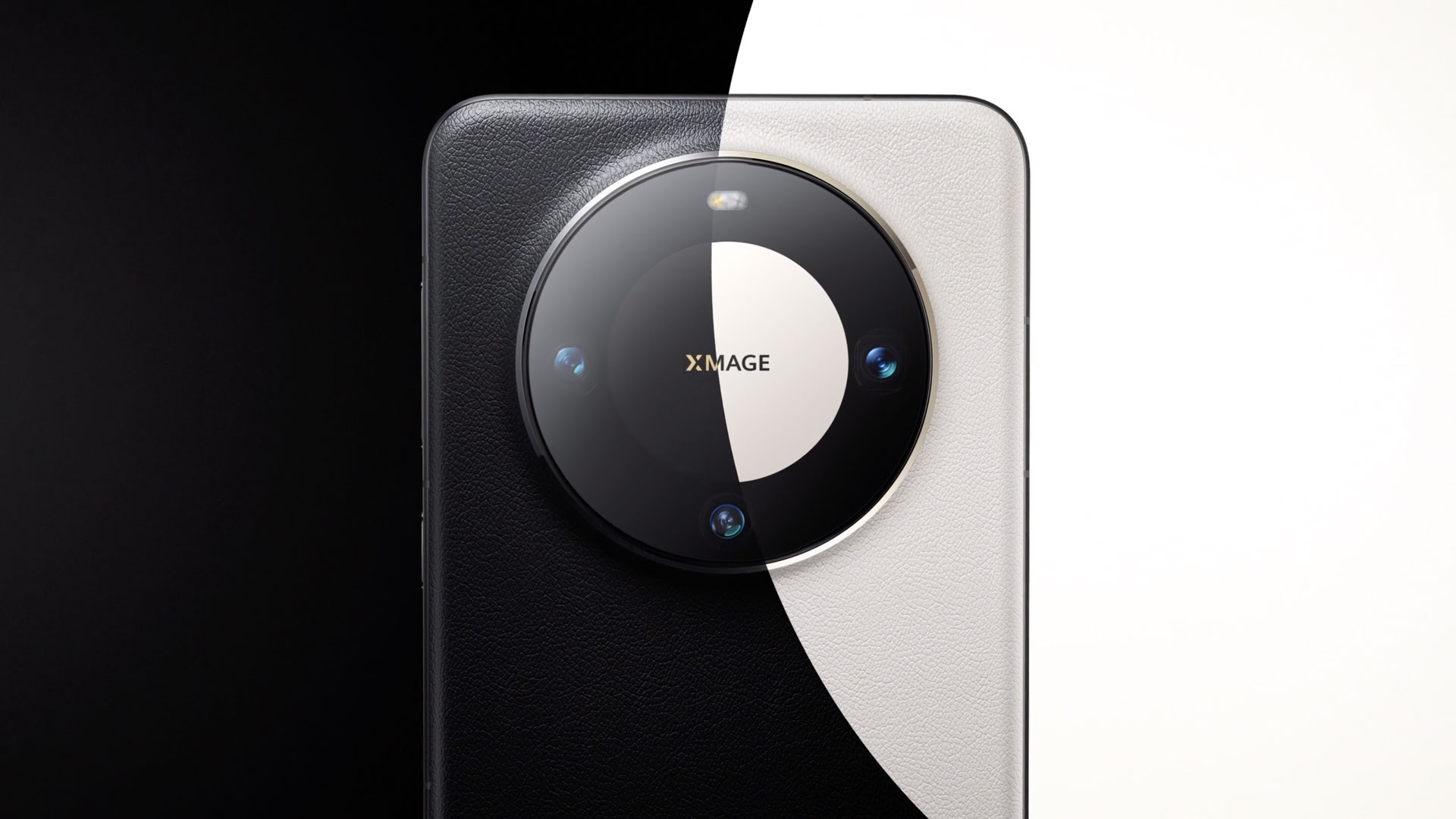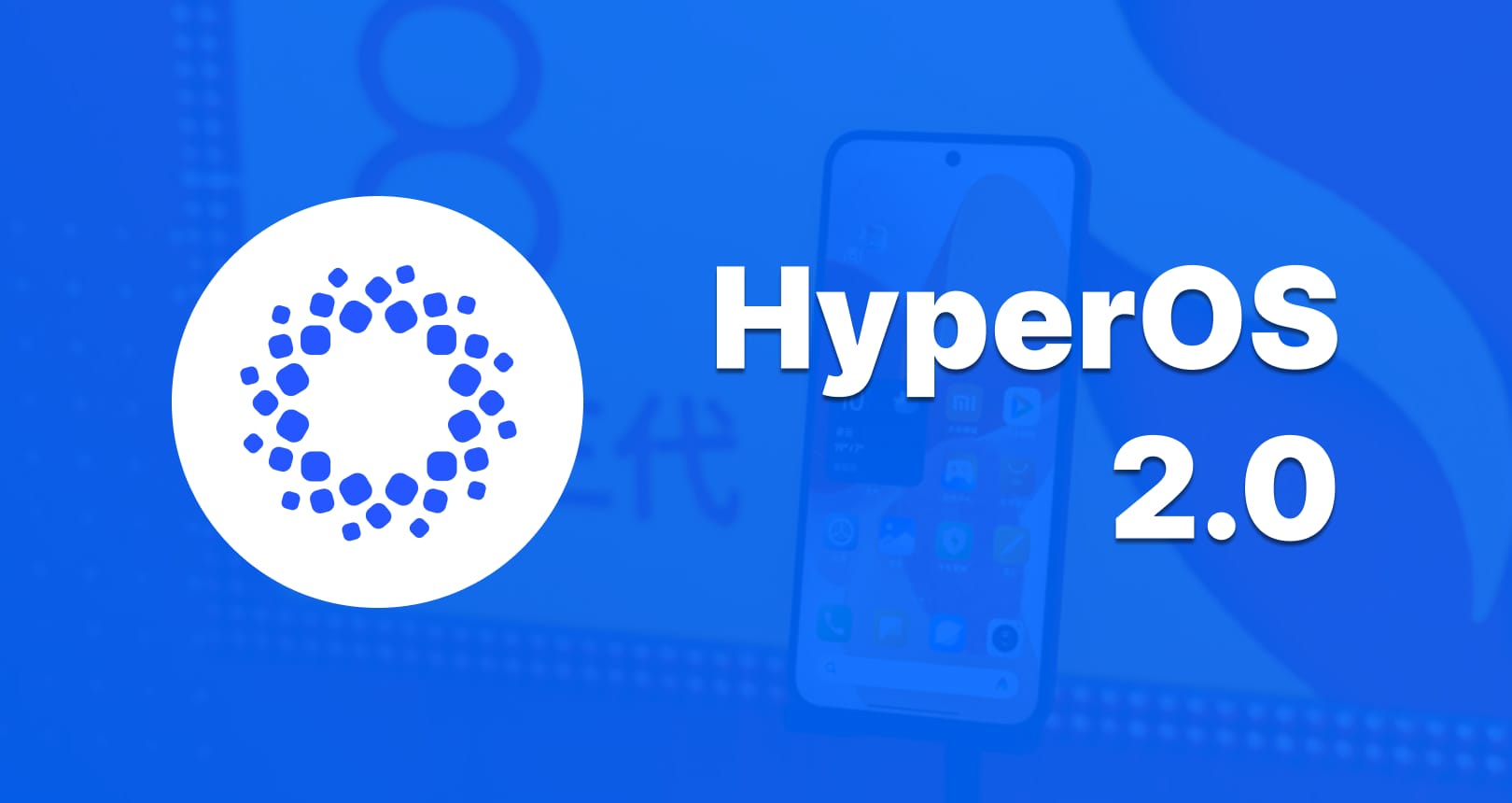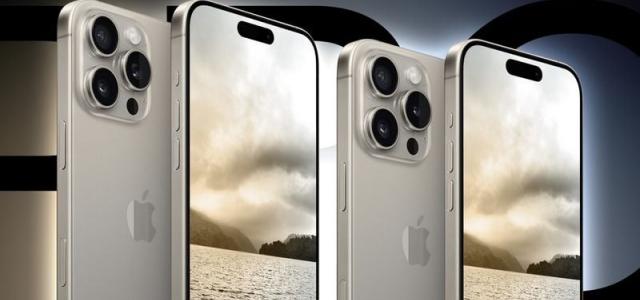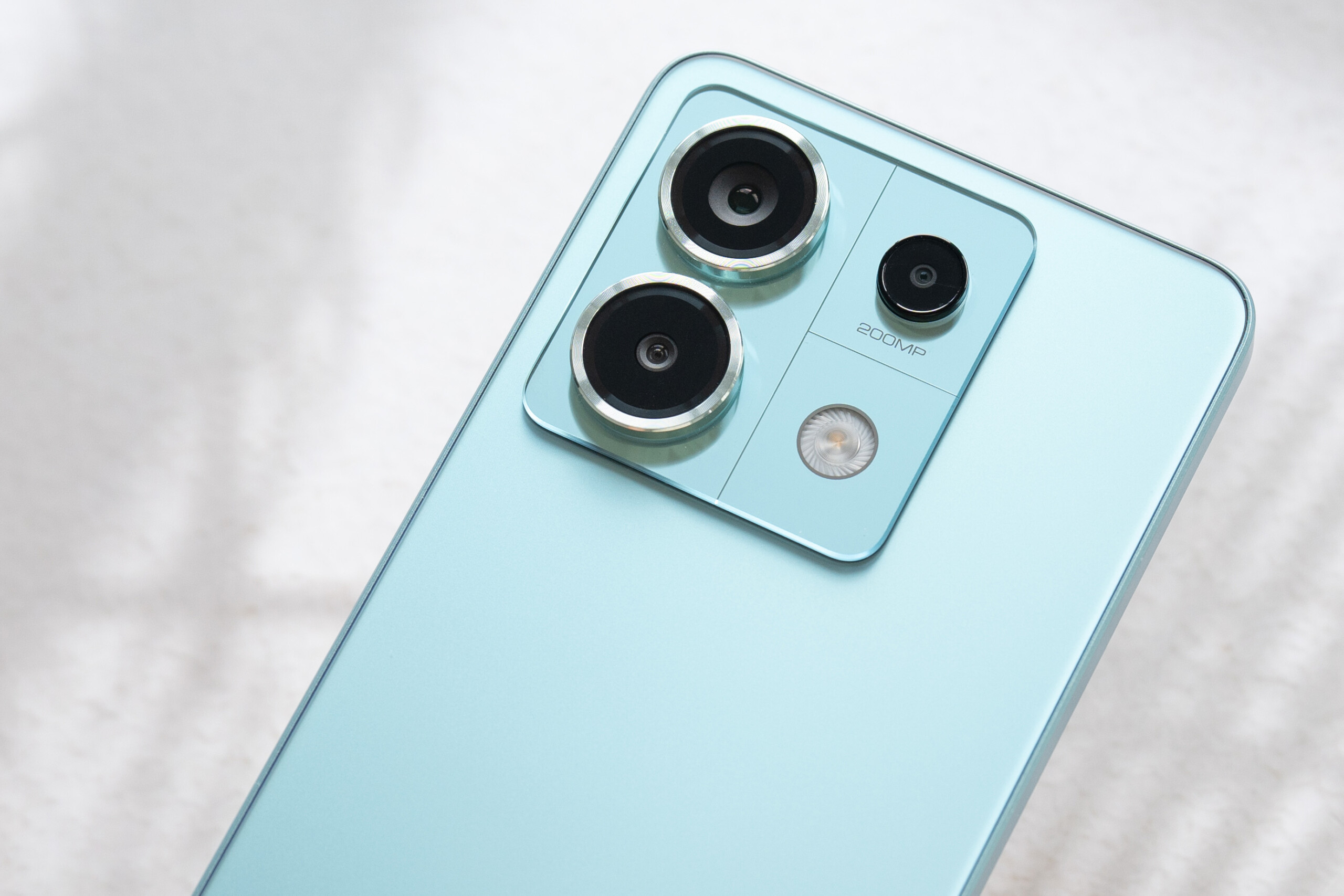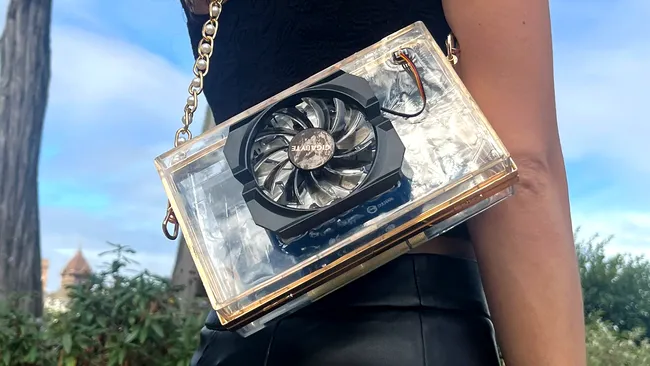I have been using the Redmi K80 for a month now. This is a Chinese-exclusive phone which will be rebranded as the POCO F7 Pro in the global market. Hence, it’s fair to say that I am quite familiar with all the pros and cons of the POCO F7 Pro. Before we dive into the discussion about the POCO F8 Pro, let’s have a moment to discuss the POCO F series and its main goal to achieve.
The POCO F series Is a sub-flagship lineup of smartphones. They are mostly known for their performance-oriented element. They come with flagship-level processors such as the Snapdragon 8 series chipsets. The POCO F7 Pro comes with flagship Snapdragon 8 Gen 3 which powered the premium phones from the year 2024. Hence we can safely say that this series attracts gamers to be precise and the target audience is the youth. However, I am also impressed by the other factors like the build quality, display, battery, and the primary camera. Hence, it is a quiet phone. By the way, I will be posting my full review on the Redmi K80 (POCO F7 Pro) in the coming days, so stay tuned for that.
Now let’s talk about the top 5 additions I would like to see with the POCO F8 Pro.
1. A telephoto lens
The POCO F7 Pro comes with a dual rear camera setup comprising a 50MP primary sensor and a lackluster ultra-wide shooter. Though the primary sensor is quite capable and impresses with its 8K video recording support, the full camera setup is not complete without a telephoto lens. The main rival of the phone is the OnePlus 13R which features a telephoto lens while having the same chipset and a similar price point. Hence, Poco should introduce a telephoto lens on the F8 Pro.
2. USB 3.2 support
A performance-oriented phone should have a USB 3.2 support. Unfortunately, this is not the case with the POCO F7 Pro. It features an old technology, USB 2.0 which not only brings slower read and write speeds but also misses out on display output. Since the phone has the Snapdragon 8 Gen 3, emulating Windows games is a piece of cake, though it is quite unfortunate the phone is incapable of video output which would have allowed me to use a monitor to play my favorite games. Hence, the POCO F8 Pro should definitely bring USB 3.2 support.
3. A larger display
The POCO F7 Pro has a display size of 6.67-inch. Although it is quite comfortable for me, I would like POCO to adopt a 6.7-inch panel, since this is what the competition is using. Additionally, as the primary target of these phones is performance-oriented consumers, it would make sense to bring a larger display to attract the masses. Otherwise, the display is flawless of the F7 Pro.
4. Wireless charging
Even though, the F7 Pro uses a glass back panel, it lacks wireless charging support. I am not asking for the fastest wireless charging feature on the F8 Pro. However, it would be appreciated if the F8 Pro features wireless charging support with a reverse charging feature so we can charge our accessories like TWS earbuds on the go.
5. Better ultra-wide sensor
The list starts with a camera point and ends with it too. The currently used 8MP ultra-wide on the POCO F7 Pro is simply bad. I would recommend using the main camera and going far from the subject to use it but not using the ultra-wide. It is a very low-res sensor and the results are pixelated. Hence, I would like to see the F8 Pro come with a slightly better sensor.
These were some changes I would like to see with the POCO F8 Pro / Redmi K90. As for the launch, we can expect the phone to hit the market by the end of the year in China and Q2 2026 for the global market.

